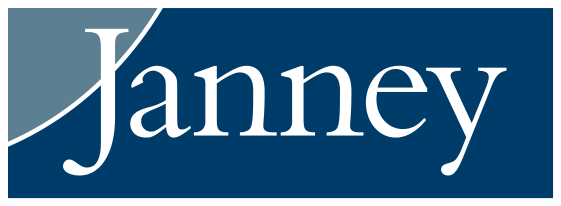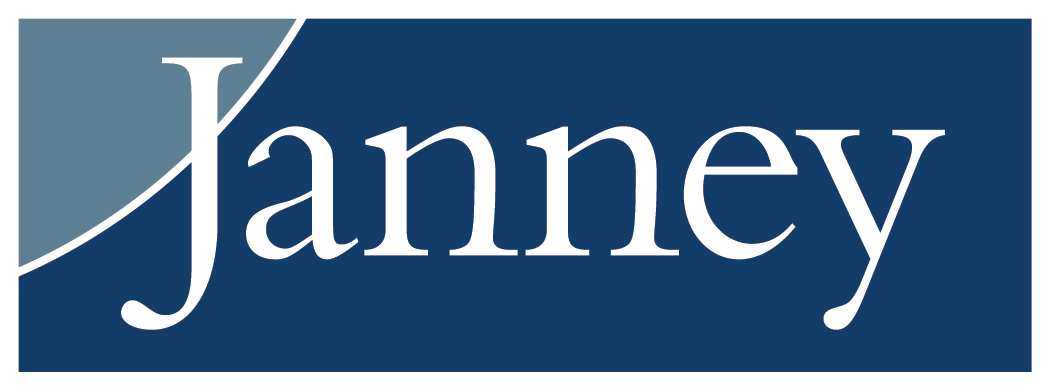1. Malware on Your Systems
Malware is software designed to disrupt, damage, or gain unauthorized access to a computer system. There were 153 million new malware samples from March 2021 to February 2022 (AV-Test), a nearly 5% increase on the previous year which saw 145.8 million. (comparitech)
Malware can let someone access files on your computer or reroute you from a legitimate website to a fake website. Common delivery methods include fraudulent links in email or from web search results.
What you can do
- Install antivirus software on your computer or mobile device.
- Scan for and remove malware.
- Check your computer or device for unfamiliar programs or applications.
- Update your operating-system software.
- Change your passwords once you’re confident your system/device is clean.
- Avoid using public Wi-Fi. Unsecured public Wi-Fi may allow an attacker to intercept your device’s network traffic and gain access to your personal information.
- Take appropriate precautions when using email and web browsers to reduce the risk of an infection.
- Be wary of unsolicited email attachments and use caution when clicking on email links, even if they seem to come from people you know.
2. Internet of Things (IOT) Infections
The internet is interwoven into more devices every day. Those connections can also create doorways to harvest your data, as a Booz Allen 2021 study notes.
What you can do
- Change your device’s default password.
- Use a unique, strong password for each device (no repeats!).
3. Social Media Hacks
Social media is great at connecting us to family, friends, and cute cat videos. But it’s also ripe for account hacking.
At least 20% of social media infections stem from add-ons or plugins for social media platforms. ( Bromium Into The Web of Profit–Social media platforms and the cybercrime economy).
Social media phishing is on the rise—accounting for 8% of attacks. ( ENISA Threat Landscape Report–Phishing).
What you can do
- Log out of your social media accounts after each visit (especially on your phone).
- Keep social accounts unlinked to contain any hack.
- Report issues immediately to the provider.
- Use unique, strong passwords for each of your accounts.
- Be smart about what you share: no posting vacation photos while you’re away from home.
- Take advantage of a site’s privacy settings. You can edit your settings to restrict access to only certain people.
Ninety-seven percent of Americans own a cellphone, Pew Research Center reported in April 7, 2021. And they spend an average screen time of 5.4 hours on their mobile phones daily, according to ZD Net.
In addition, businesses now use digital to provide a great client experience efficiently. As Accenture reported in its study on the state of cybersecurity resilience in 2021, there were an average of 270 attacks per company in 2021, a 31% increase over 2020.
4. Mobile Payment Perils
If you send money to a friend or vendor via a mobile app, you’re part of the growing mobile-payment trend. McKinsey reported in its Global payments 2021 study that digital wallets usage surged during the pandemic. According to statista, in 2021, more than four out of 10 U.S. smartphone users had used a contactless payment at least once.
Also, according to the RSA’s 2019 Current State of Cybercrime whitepaper, about 70% of fraudulent transactions originated from mobile platforms, with popular mobile attack vectors including malware, data tampering, and data loss.
Payment scam complaints rose along with use. The Better Business Bureau noted in 2021 research that sweepstakes and lottery scams resulted in higher financial losses during the COVID-19 pandemic compared to the previous three years, particularly for older people.
What you can do
- Use a credit card instead of P2P to limit your liability.
- Don’t transfer funds to someone you don’t know.
- Proofread the information you enter into a P2P system before you hit send; you won’t get your money back if you transmit it to the wrong person.
- Put a PIN on it by adding a personal identification number.
5. Health Care Attacks
In 2020, there were 642 health care data breaches of 500 or more records, according to HIPAA Journal. That’s a 25% increase from 2019.
Fraudsters prize health records, which commonly include a treasure trove of personal data: Social Security Numbers, addresses, ages, and payment information such as insurance and credit-card numbers.
The number of healthcare breaches in the first five months of 2022 almost doubled when compared to the same period in 2021 according to the U.S. government. (Tech Target).
What you can do
- Don’t give your Social Security Number to anyone—even your health care provider—unless required; instead, offer your student ID or other piece of identification.
- Keep track of your insurance card; it’s as valuable as your credit card.
- Monitor health care statements carefully: Health Savings Accounts (HSAs), insurance claims, insurance coverage change notices.
Working With Janney
Depending on your financial needs and personal preferences, you may opt to engage in a brokerage relationship, an advisory relationship or a combination of both. Each time you open an account, we will make recommendations on which type of relationship is in your best interest based on the information you provide when you complete or update your client profile.
When you engage in an advisory relationship, you will pay an asset-based fee which encompasses, among other things, a defined investment strategy, ongoing monitoring, and performance reporting. Your Financial Advisor will serve in a fiduciary capacity for your advisory accounts.
For more information about Janney, please see Janney’s Relationship Summary (Form CRS) on www.janney.com/crs which details all material facts about the scope and terms of our relationship with you and any potential conflicts of interest.
By establishing a relationship with us, we can build a tailored financial plan and make recommendations about solutions that are aligned with your best interest and unique needs, goals, and preferences.
Contact us today to discuss how we can put a plan in place designed to help you reach your financial goals.
Janney Montgomery Scott LLC is a full-service investment firm that is a member of the NYSE, FINRA, and SIPC.
Related Articles
-
Data & Cybersecurity
Look Out For These Top Tax Scams When Filing Your Taxes
Each year, the IRS produces a list of its “Dirty Dozen” tax scams. These scams tend to spike from... -
Cash & Borrowing
Here’s What You Can Do to Prevent Check Fraud
Instances of check fraud are on the rise in the U.S. Below are some best practices to help you av... -
Data & Cybersecurity
Avoid Getting Scammed
Thousands of new scams emerge every year. Follow these best practices to help protect yourself an...

